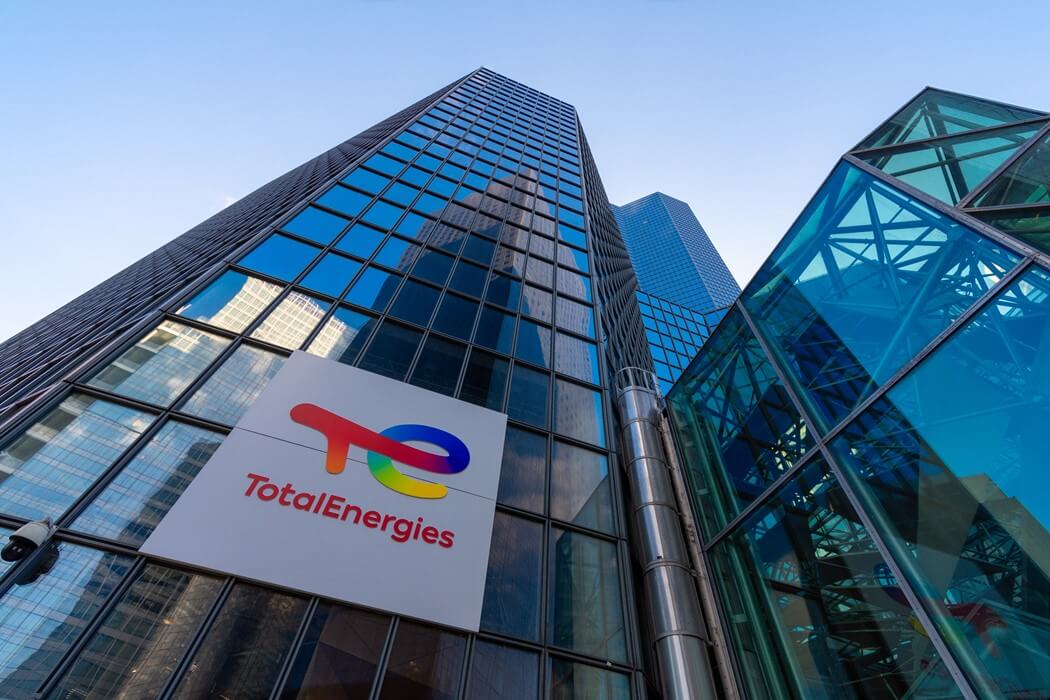Test results have indicated that the nickel concentrate from Lifezone Metals’ Kabanga nickel project, in Tanzania, is amenable to processing using the company’s proprietary hydrometallurgical (hydromet) technology, with pressure oxidation (Pox) leach extractions for non-optimised test results equal to or more than 98.5% nickel.
The hydromet technology has the potential to significantly reduce carbon emissions in battery metals refining compared with traditional smelting and refining, Lifezone said on February 7.

Two Pox leach tests were conducted to provide a preliminary indication of refinery metal recoveries. Pox leach extractions for these non-optimised tests were 99% nickel, 97% copper and 98% cobalt for Pox test 1, and 99% nickel, 99% copper and 99% cobalt for Pox test 2.
Metallurgical testwork will continue for the concentrator confirmation test work and development of the refinery flowsheet. The scope of this work was awarded to consulting engineering firm DRA Global’s in-house hydromet specialist team.
DRA Global was appointed as the lead definitive feasibility study (DFS) consulting engineer, while mining consultancy OreWin was appointed as the lead mining consultant and qualified persons.
Following the appointment of DRA Global to undertake the DFS for the Kabanga project and the Kahama refinery, and to coordinate and manage input from all specialist consulting companies, study work is now under way across all technical disciplines.
Lifezone added that planning for Kabanga’s early works programme was progressing, which includes an aerodrome and internal roads infrastructure. The programme also includes the resource definition drilling programme on the North and Tembo portions of the Kabanga orebody to support the geological resource model and mine planning for the DFS.
Meanwhile, the results of recent drilling at Kabanga have remained largely consistent with location, thickness and tenor of previous results from historical drilling.
One of the key intersections was KN08-04A with a grade of 21.9 m of 3.85% nickel and 4.74% nickel equivalent, located 1.75 km below the surface. Another notable intersection was KN22-03, which showed a grade of 39.83 m of 3.03% nickel and 3.65% nickel equivalent, located 244.1 m downhole.
“As we conduct detailed studies to optimise Kabanga’s annual output, we are also encouraged that the extensive infill drilling we are undertaking has increased our understanding of the project. The intersections reflected in the drilling results show the quality of the Kabanga project and the thickness of this world-class orebody,” Lifezone Metals CEO Chris Showalter said.
ENVIRONMENTAL MANAGEMENT PLAN AND INFRASTRUCTURE
Both the Lifezone and project operator Tembo Nickel’s teams have been focusing on getting the environmental- and social-impact assessment (ESIA) work up to current international standards through gap analysis and additional studies over the next 12 to 18 months.
Consulting firm MTL Consulting completed updates to the Kabanga environmental management plan and registered it with the National Environment Management Council in Tanzania.
The Kahama refinery ESIA studies have also advanced, with detailed studies underway, Lifezone said.
In addition, a memorandum of understanding has been signed with Tanzania Electric Supply Company for project power supply.
Work with other key Tanzanian infrastructure providers is progressing, Lifezone said, including discussions with Tanzania National Roads Agency regarding upgrades to support the planned transport of concentrate from the Kabanga mine to the Kahama refinery.
Following a site visit by the Tanzania Civil Aviation Authority, an aerodrome study has confirmed that he proposed area at the Kabanga site and presented design is suitable for an 80-seater aircraft. Construction of the aerodrome and supporting infrastructure is planned to start this year.
Source: Mining Weekly







